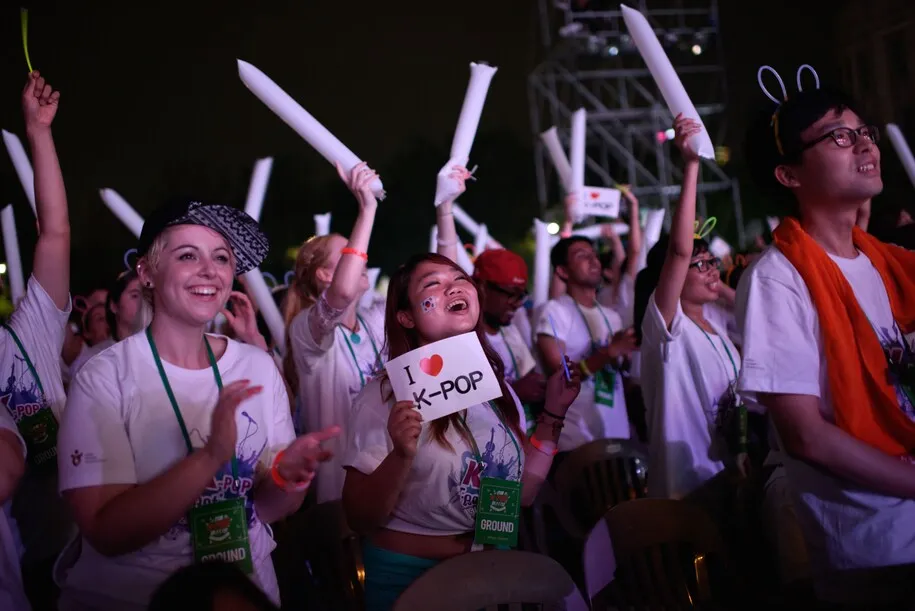In the digital age, social media has become an indispensable tool for artists to connect with their fans. Nowhere is this more evident than in the K-pop industry, where social media platforms have revolutionized the way artists and fans interact, creating a global community that transcends geographical boundaries. This article explores the symbiotic relationship between K-pop and social media, highlighting how these platforms have become a vital bridge between artists and their worldwide fanbase.
The Rise of K-pop on Social Media:
K-pop, or Korean pop music, has exploded in popularity over the past decade, captivating audiences worldwide with its infectious melodies, high-energy performances, and visually stunning music videos. Social media has played a pivotal role in this global expansion, allowing K-pop artists to reach beyond Korea’s borders and connect directly with fans across the globe.
Platforms like Twitter, Instagram, YouTube, and TikTok have become essential for K-pop artists to share content, engage with fans, and build their international presence. Through these channels, fans can keep up with their favorite groups in real-time, from daily updates and behind-the-scenes glimpses to live streams and exclusive announcements.
Building a Global Fan Community:
Social media has enabled K-pop artists to cultivate a dedicated global fan community, often referred to as “K-pop stans.” These fans are not just passive listeners but active participants in the K-pop ecosystem. They create fan pages, share content, organize online events, and even translate materials for non-Korean speakers, making K-pop more accessible to a broader audience.
The interactive nature of social media allows for a two-way communication between artists and fans. K-pop groups often respond to fan comments, hold Q&A sessions, and even incorporate fan suggestions into their work, fostering a sense of belonging and participation among their followers.
The Power of Viral Marketing:
K-pop’s success on social media is also a testament to the power of viral marketing. Memorable moments, catchy songs, and eye-catching visuals can quickly gain traction online, turning a single post into a global trend. The viral hit “Gangnam Style” by Psy is a prime example, becoming the first YouTube video to reach one billion views and introducing K-pop to a vast new audience.
Moreover, fan-driven campaigns on social media have helped K-pop artists break records and achieve milestones. Fans organize streaming parties, share hashtags, and mobilize to support their idols, contributing to chart-topping successes and record-breaking achievements.
Challenges and Controversies:
While social media has been a boon for K-pop, it has also brought challenges. The intense scrutiny and instant feedback can be overwhelming for artists, and the pressure to maintain a perfect online presence can be exhausting. Additionally, the rapid spread of information can amplify rumors and lead to misunderstandings, sometimes sparking controversies that can affect an artist’s reputation.
Despite these challenges, K-pop artists and their management companies continue to navigate the digital landscape, finding ways to leverage social media’s strengths while mitigating its risks.
Conclusion:
K-pop and social media have formed a dynamic partnership that has reshaped the music industry’s landscape. By embracing these platforms, K-pop artists have not only expanded their reach but also deepened their connection with fans worldwide. Social media has become an integral part of the K-pop experience, offering a space for creativity, community, and cultural exchange. As technology continues to evolve, the relationship between K-pop and social media is sure to grow even more, further cementing K-pop’s status as a global phenomenon.
